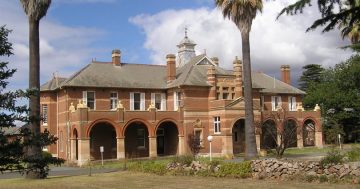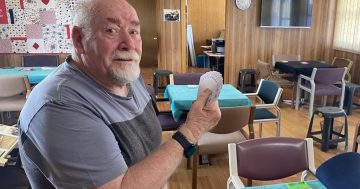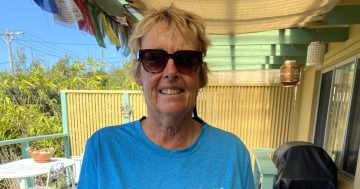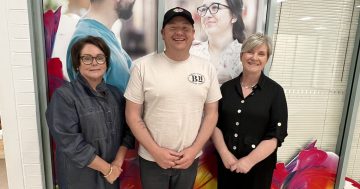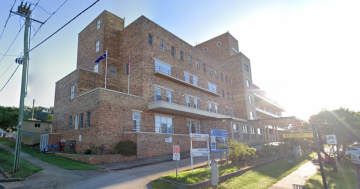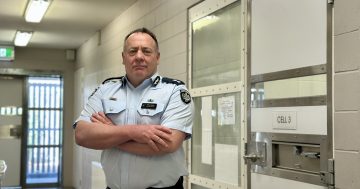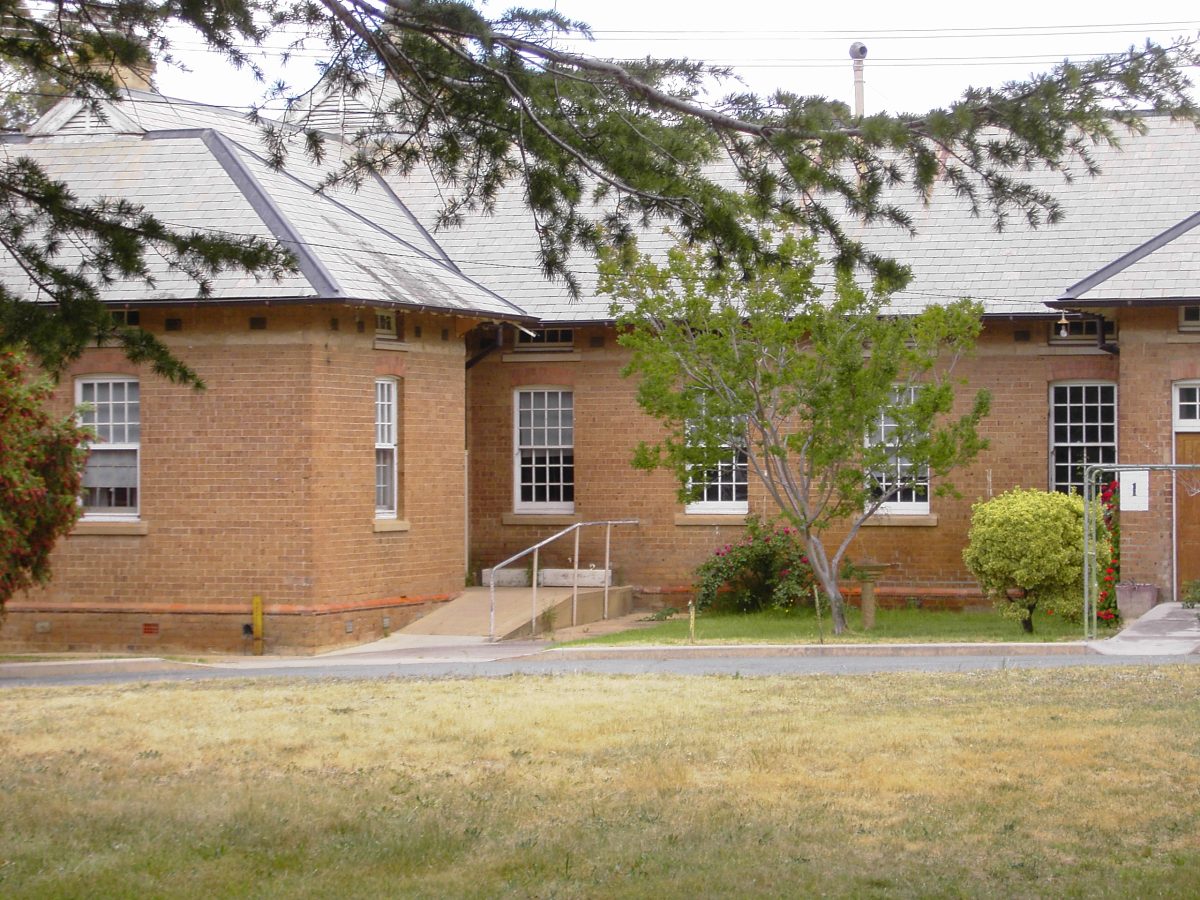
Some of the patients in Kenmore Psychiatric Hospital’s ward one most likely didn’t belong there, but had suffered displacement, or had been ostracised in their past. Photo: Leone Morgan.
A young nurse at Kenmore Psychiatric Hospital in the 1960s and 70s showed kindness to men who were traumatised, displaced in World War II or abandoned.
One of the men was blind. One had experienced the horrors of a Nazi concentration camp.
Ninety-three mostly old and some younger patients with extreme disabilities lived in ward one. They were skilled, industrious, funny and some should never have been institutionalised.
Becoming friends with David Graham, who joined the Kenmore staff when he was 17 in 1964, they left him with life-long memories.
Doc was blind and looked after the laundry for the entire ward. He would eat nothing but a bowl of bread soaked in milk and sugar, which he prepared for himself.
“Doc could tell you how many sheets or towels we had at any time,” David said. “You could ask him for a set of clothes for one of the regular patients that you were changing and they’d be spot on.
“He used fine copper wire to sew the buttons on the jackets; I don’t know where he got it from,” he said.
Displaced during the war, another patient Joe worked on the food trolleys known as tucker trucks delivering meals to the wards.
“With the 14 shillings a fortnight he earned he would go to the kiosk and ask for a cigar as big as a poop,” David said.
“I was cleaning surgical instruments after a postmortem and Joe watched me from about 20 feet away,” he said.
“To my amazement he could tell me the precise names of all these instruments,’’ David said. “He explained that as a young boy it was his job to clean up after the Nazis’ experimental techniques to sterilise females in the concentration camps.”
Another patient, Oscar arrived at Kenmore after the closure of Peat and Milson Islands Mental Hospital. At that institution he had been locked in a dormitory holding epileptic patients and given the job of putting a peg in their mouth if they started fitting.
“I soon learned to expect the opposite if he asked me did I think the windows should be closed,” David said. “If I said yes they would be left open and similarly my no meant they would be closed.”
Dick stayed in ward one, even though his condition was cyclical and he should have been in hospital only periodically according to David.
He did routine jobs in the ward’s kitchen and dining room. He joined other patients on a South Coast holiday with David who discovered his favourite drink was green ginger wine.
A huge, raw-boned man known as Arne, displaced after World War II, was sent to Australia and ended up in Kenmore where he kept the ward’s oversized Warmrays going.
“Arne spent the days reliving the war and smoking,” David said. “Invariably he would spend a few days in the hospital part of the ward with pneumonia. I asked him what he would really like to drink and I’ve never forgotten his response: “medicine Coca Cola”.
“So that’s what he got when he was crook,” David said.
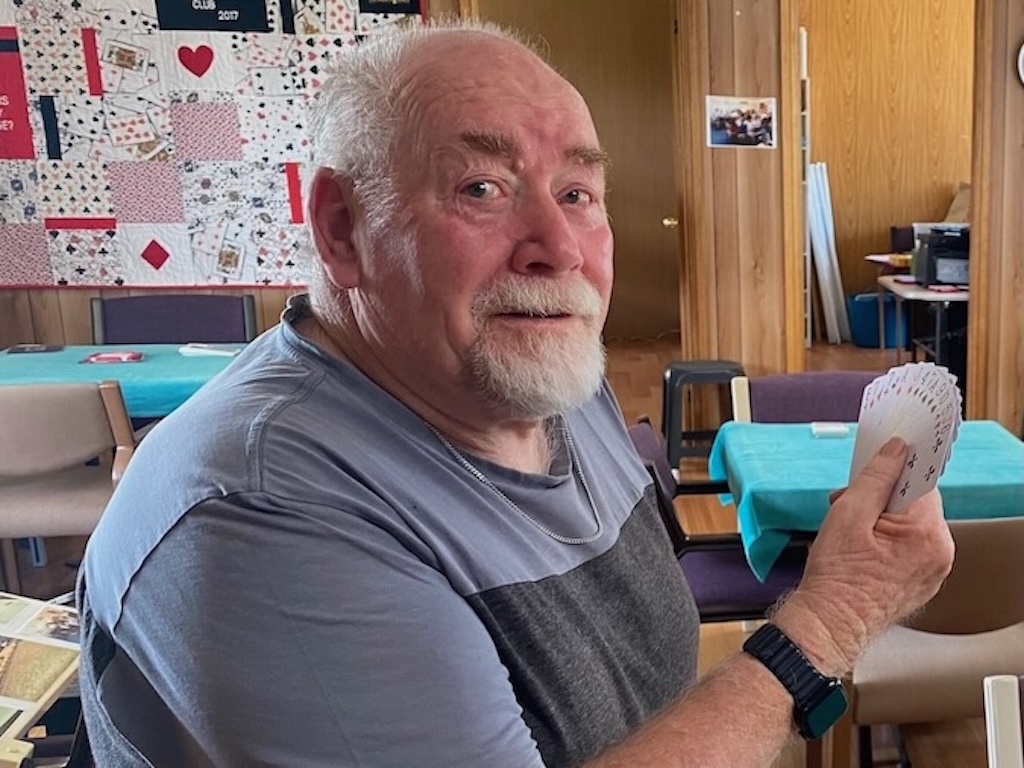
David Graham welcomed the security of a government job at Kenmore Psychiatric Hospital when he was 17, and also the chance to meet and help men with extraordinary backgrounds. Photo: John Thistleton.
It took David some time to win the trust of another patient, Les, who then told him what the night staff had been up to.
“He spent his days making or fixing things that staff members brought to him to repair,” he said. “It was amazing the things he made like new again. He changed locks to the place where he kept his meagre tools so no one could get at them.”
Almost everything written about Kenmore these days centres on the buildings, while the lives of people who worked and lived there are likely to be forgotten in the mist of time, according to David.
He reasoned the hospital would provide job security, after his father, who had grown up through the Depression’s toughest days counselled his son to get a safe government job.
“I really didn’t know what I was walking into but it had been my cunning plan to work at Kenmore from my late primary school days,” he said.
“However, the job grew on me, mostly thanks to some amazing staff and the patients who I got to know,” he said.
He said that in the early 1970s when mental health patients began receiving welfare payments their status and circumstances changed, as hostels and nursing homes accepted them in return for almost all of their pension.
Ultimately, this led to large institutions like Kenmore Hospital closing.







